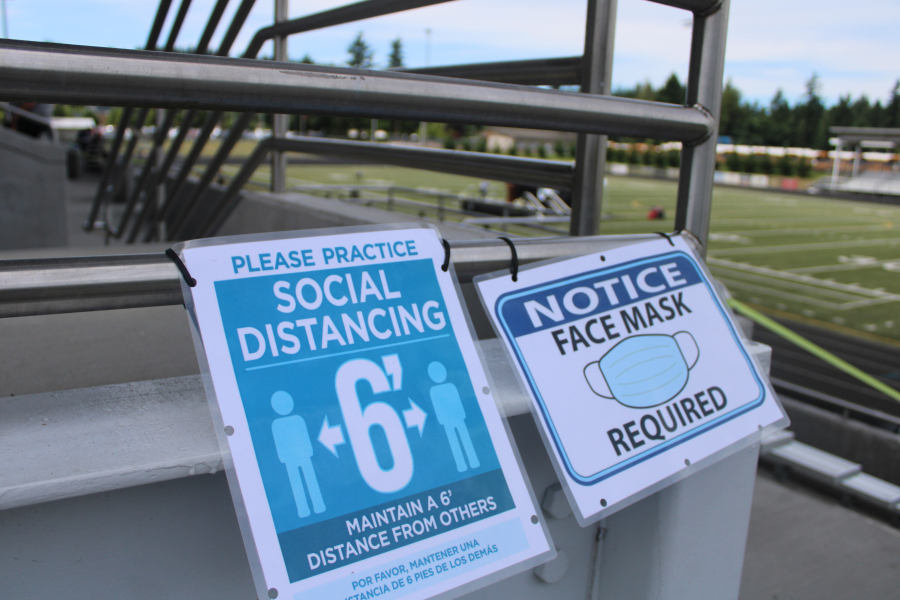With COVID-19 levels the highest they’ve been since August and other respiratory illnesses spreading at high rates throughout the region, Clark County Public Health officials are recommending a return to masking indoors.
“Communities across our state and around the U.S. are experiencing an unprecedented surge in viral respiratory illnesses, including respiratory syncytial virus (RSV), influenza and COVID-19,” Dr. Alan Melnick, Public Health director and Clark County health officer, and Dr. Steven Krager, Clark County deputy health officer, stated in a news release issued Friday, Dec. 9. “As health officers and health care leaders working to improve the health of Washington residents, we recommend that everyone wear a high-quality, well-fitting mask when around others in indoor spaces to protect against both acquiring and spreading these infections to others.”
Melnick and Krager also urged Clark County residents to stay up to day on vaccinations, including the updated COVID-19 booster and this year’s flu vaccine, and said “vaccinations are the most important way to protect against severe influenza and COVID-19 infections.”
According to Public Health, the flu is expected to circulate for months and is most dangerous for children younger than 5, adults older than 65, pregnant people and anyone living with a health condition such as asthma, heart disease or diabetes.
The county’s new release pointed out that “new COVID-19 variants are taking hold and immunity from past vaccination is waning for many people who have not yet received an updated booster shot.”



